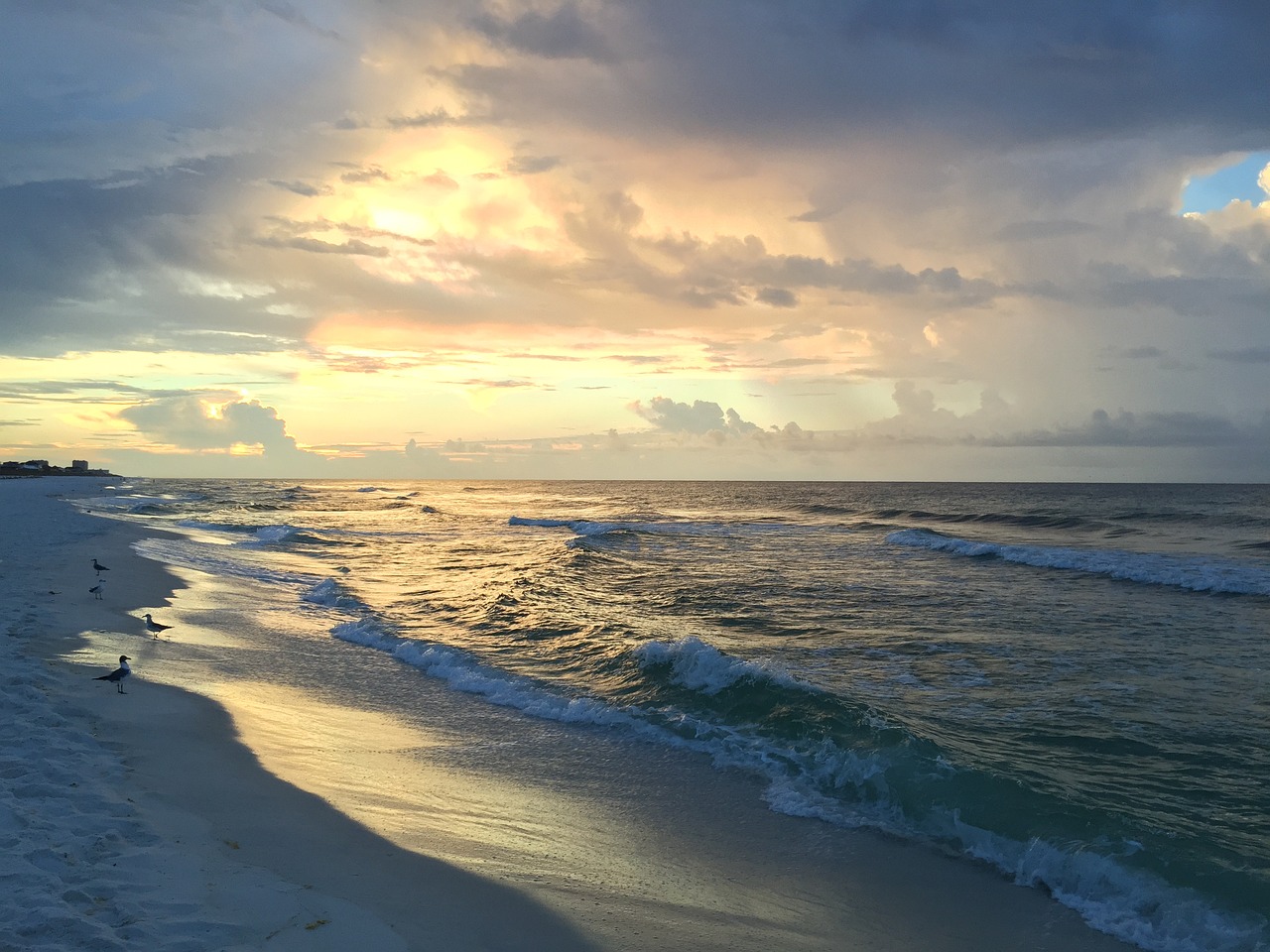What Florida Homeowners Should Know About Flood Insurance
When buying a home on the Gulf Coast, flood insurance is one of the most pressing concerns for new homeowners. Given our areas susceptibility to hurricanes, storm surges, and heavy rainfall, understanding flood insurance requirements and options is essential for protecting your investment.
The National Association of Realtors® (NAR) has recently released its 18th Consumer Guide, offering vital information to help buyers navigate the complexities of flood insurance. Here's a closer look at the key insights from the guide and what you should know as a Florida homeowner.
Flood Insurance Is Separate from Homeowners Insurance
One common misconception is that standard homeowners insurance policies cover flood damage. Unfortunately, they don't. Homeowners must purchase flood insurance separately through the National Flood Insurance Program (NFIP) or a private insurer.
Without it, you could face significant out-of-pocket expenses for repairs and replacements if your home sustains flood damage.
Who Needs Flood Insurance?
While federal law mandates flood insurance for properties in high-risk flood zones with federally backed mortgages, flooding can happen anywhere. In fact, nearly 40% of flood insurance claims come from outside high-risk areas. Florida's flat terrain and proximity to water make flood coverage a wise investment, even if your home isn't in a designated flood zone.
How Flood Zones Impact Rates
Flood zones, as determined by FEMA, categorize areas based on their level of flood risk. These zones affect the cost of your flood insurance premium. Homes in high-risk areas, such as zones labeled "A" or "V," typically have higher premiums.
However, private insurers may offer competitive rates or policies tailored to specific risks, so it's worth exploring all options.
What Flood Insurance Covers
Flood insurance generally covers two main areas:
- Building Property Coverage
- Structural elements, such as walls, flooring, and built-in appliances.
- Electrical and plumbing systems.
- Detached garages (up to 10% of the policy limit).
- Personal Property Coverage
- Furniture, clothing, and electronics.
- Some valuable items are up to a specified limit.
It's important to review your policy carefully, as certain items like landscaping, pools, and vehicles are not covered.
Timing Matters
Most flood insurance policies have a 30-day waiting period before coverage takes effect. Don't wait until a storm is on the horizon to secure a policy. It's best to plan ahead to ensure you're protected when you need it most.
Flood Insurance Costs
The average cost of flood insurance in Florida ranges from $500 to $800 annually, but rates can vary widely depending on factors like:
- Your home's elevation and proximity to water.
- The type of coverage you select.
- Whether your property is in a high-risk zone.
Taking proactive steps like elevating your home or installing flood-resistant materials can lower your premiums.
Federal vs. Private Flood Insurance
The NFIP is a popular choice for many Florida homeowners, offering standardized policies with coverage limits of up to $250,000 for the building and $100,000 for personal belongings.
Private insurers, however, may offer higher coverage limits and customizable policies. Comparing both options can help you find the best fit for your needs.
The Role of Elevation Certificates
An elevation certificate documents your home's elevation relative to the base flood level in your area. Providing this information can lower your insurance premium by demonstrating reduced flood risk.
Mitigation Saves Money
Taking measures to reduce your home's flood risk can save you money in the long run. Options include:
- Elevating HVAC systems and electrical components.
- Installing flood vents.
- Using water-resistant materials for walls and flooring.
Some insurers even offer discounts for these mitigation efforts.
Flooding is a reality in Florida, but being prepared can make all the difference. Investing in flood insurance is not just about compliance but peace of mind. By understanding your risks, exploring your coverage options, and taking proactive steps to protect your property, you can safeguard your home and finances against one of Florida's most common natural hazards.
